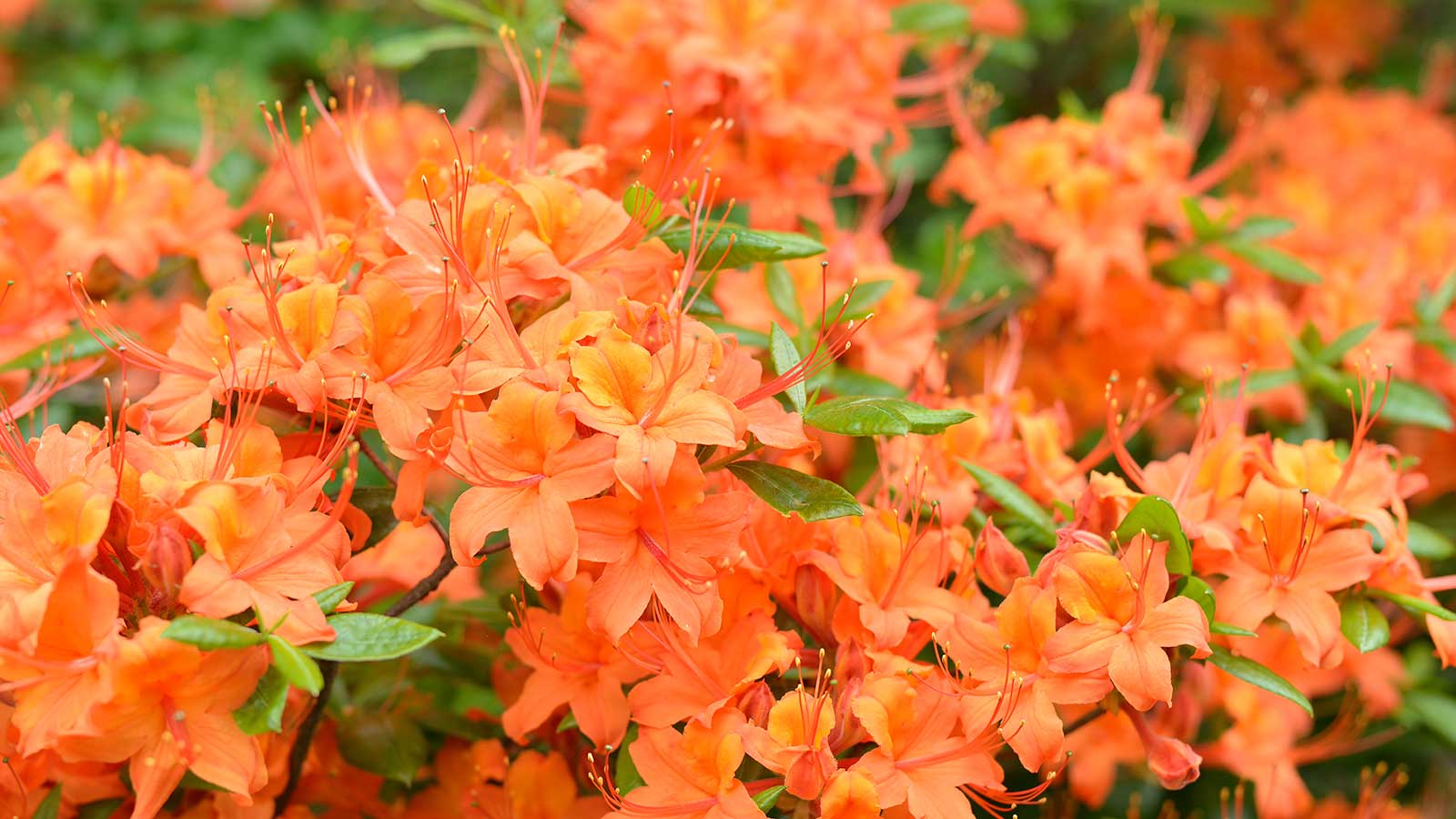
Azaleas are vibrant, blooming shrubs from the rhododendron genus. They put on their wondrous display in spring, showcasing colors that span from purple and pink to fiery oranges and yellows. In the garden, they can be used as landscaping shrubs or grown in pots, and they will last for years with the right care.
Like most plants, location should be a crucial consideration when growing azaleas, as some conditions are better suited to them than others. This means thinking about factors such as sunshine and what type of soil to use – including soil pH – before planting them.
I turned to plant-care experts to find out more about where never to plant azaleas, and they share their thoughts below. If you plan to add these shrubs to your outdoor space any time soon, these tips are definitely worth bearing in mind before you do so.
1. A climate unsuitable for the variety
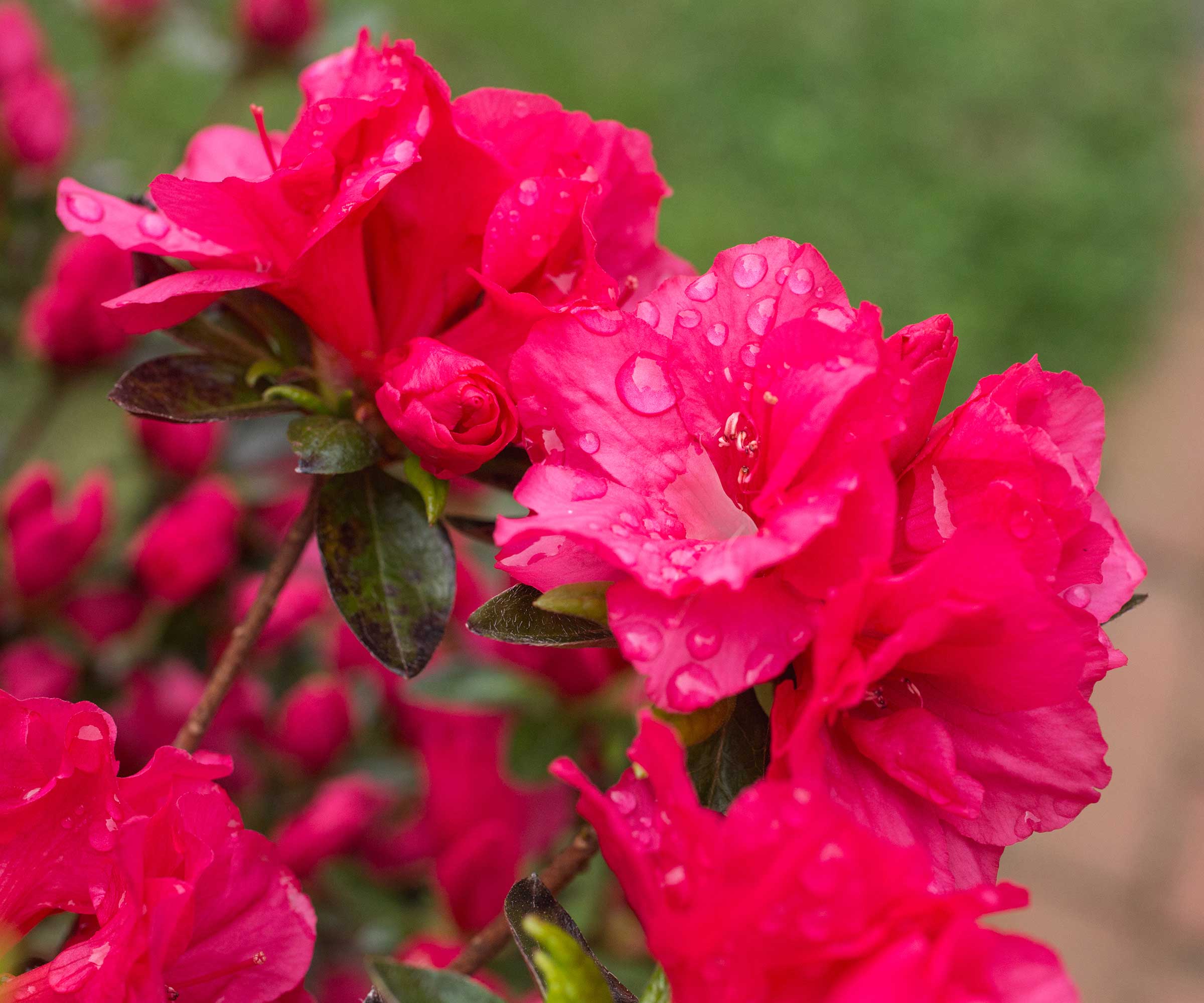
There are thousands of types of azaleas, and it's important to choose one that's suitable for your climate, including its hardiness zone. As William C. Miller III of The Azalean says, 'All azaleas are not alike in every respect. For example, an azalea that was developed for the landscape in Independence, Louisiana would do very well in the deep South where it would experience the same heat, humidity, and exposure.
That same azalea, however, would not survive the first winter in Milwaukee, Wisconsin when exposed to the truly cold and windy conditions of the North. It would be said to be not cold hardy.
'Similarly, azaleas that were developed in the controlled greenhouse environment specifically for the florist industry typically are unsuited for landscape applications since they are neither heat nor cold hardy,' he continues. 'So, plant selection is the first critical consideration where a mistake at this stage makes all else irrelevant.'
2. Non-acidic soil

Like blueberries, azaleas are ericaceous plants, which means they like an acidic soil pH (it should be in the range of 4.5-6.0, says William). 'If the pH of the medium varies from the preferred range, nutrients in the medium that may be present will not be available and the azalea will appear sickly,' he warns.
It's a good idea to buy a simple soil pH testing kit to check the conditions before you decide where to plant. There are ways to make your soil more acidic if needs be. Alternatively, consider choosing a compact azalea variety (such as 'Hino Crimson' kurume azalea from Nature Hills) and planting it in a large pot, filled with soil specially designed for acid-loving plants.
Top tip: Amy Enfield, senior horticulturist at ScottsMiracle-Gro, notes that areas near concrete foundations or sidewalks can be problematic since lime can leach from the concrete, gradually raising the soil pH over time.
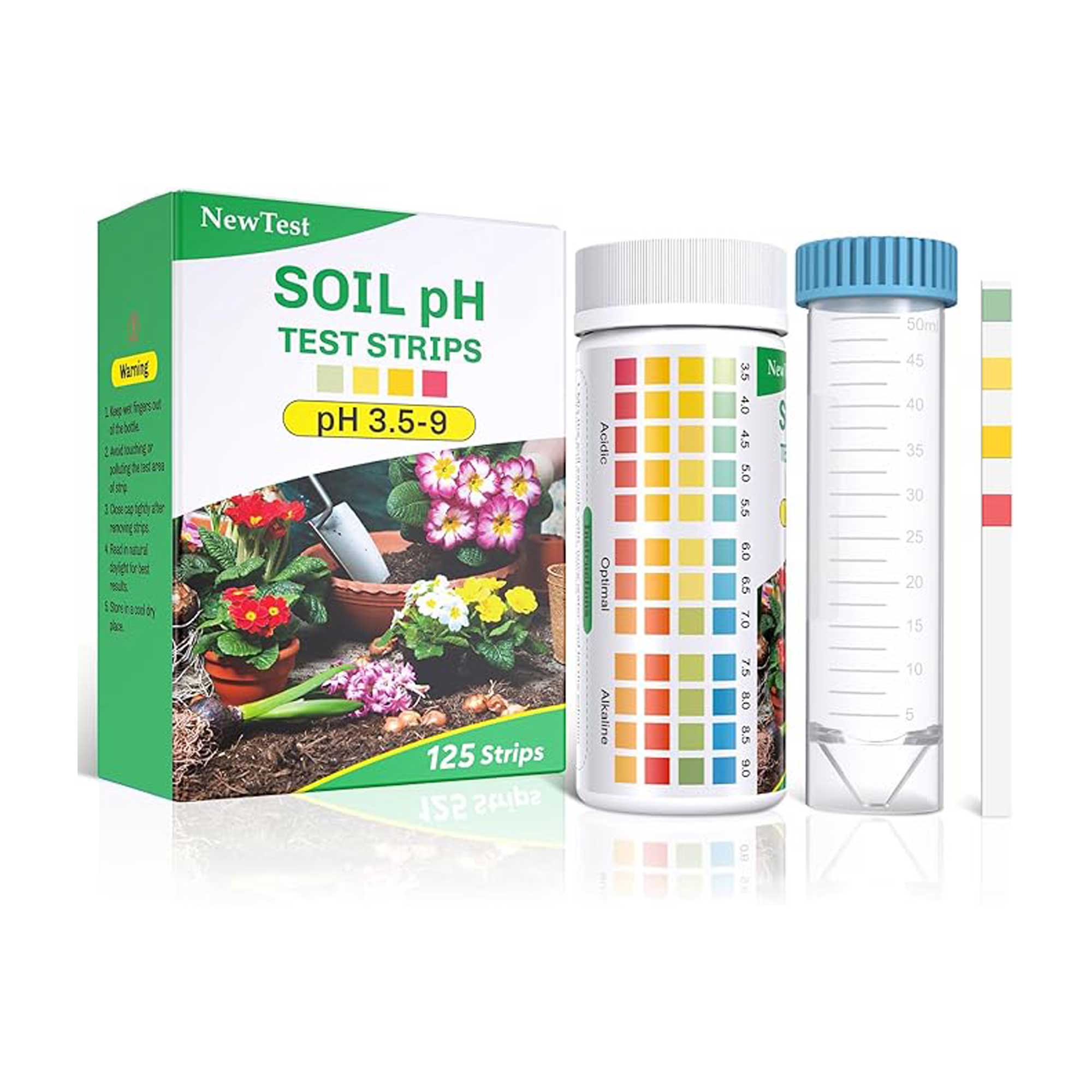
Accurately test your soil's pH using this easy-to-use home kit, which includes 125 soil pH strips and an instruction manual.
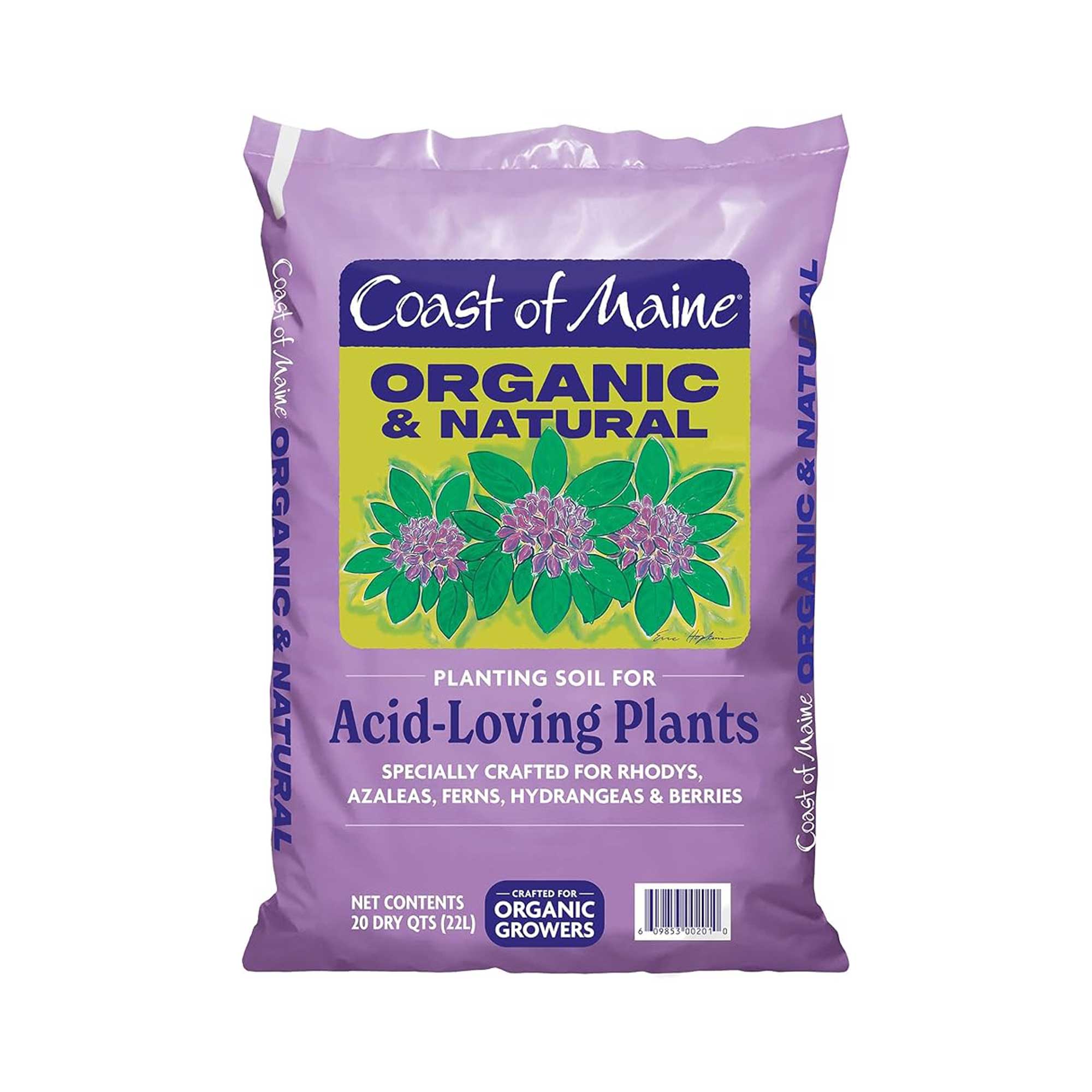
This popular and well-rated compost blend is perfect for azaleas, as well as rhododendrons, blueberries, and hollies.
3. Poorly-draining soil

Speaking of soil type, be sure the consistency of your soil is suitable, too. 'Azaleas have fine, shallow root systems that require good soil aeration and drainage,' says Amy. She warns that, in heavy clay soils, roots struggle to grow. 'Similarly, in consistently soggy or waterlogged conditions (which clay soils are prone to), azalea roots are susceptible to root rot.'
Again, consider planting azaleas in containers if your backyard's soil is unsuitable. For your borders, you may want to opt for plants that will grow in clay soil, instead. Or, you can try to amend the soil by digging in lots of organic matter.
4. Too much sun, or shade
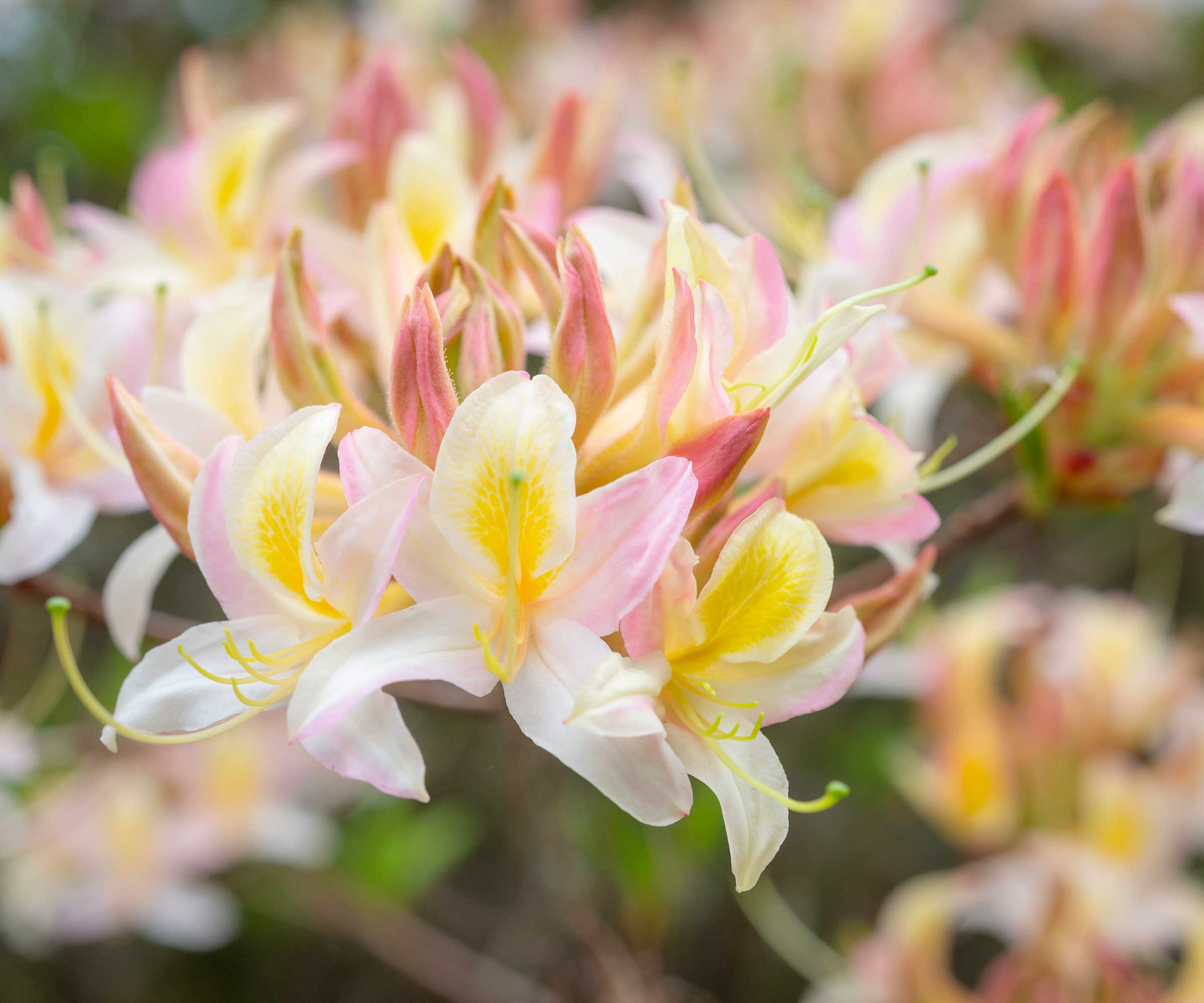
'Most types of azalea prefer partial or dappled shade and require protection from the harsh afternoon sun,' says Amy. 'Full sun exposure, especially in hot climates, can cause leaf scorch and plant stress, which makes it more vulnerable to pests.'
For this reason, rhododendrons and azaleas are commonly used in woodland planting schemes. Do note that some azalea varieties tolerate sun better than others, though (just be sure to water them properly), so it's always best to check the label.
While a bit of shelter from the sun's rays can be beneficial, planting azaleas in full shade is generally a no-go. As William points out, an azalea may grow in this type of location, but it won't set buds or bloom.
5. Windy locations

Avoid planting your azaleas in very exposed sites. 'Strong, persistent winds can desiccate azalea foliage, causing it to brown and die back,' Amy says. 'This is especially problematic in the winter when the ground is frozen and roots of evergreen azaleas cannot replace the lost moisture.'
Top tip: Our guide on how to overwinter azaleas has lots of practical tips on keeping these shrubs protected when temperatures drop.
FAQs
Can you grow azaleas indoors?
Florist azaleas, commonly sold as flowering houseplants, are the best type of azalea to grow indoors, says Amy. However, getting them to rebloom indoors year after year can be challenging, she adds. 'They require bright, indirect light, cool temperatures (around 60−65 °F to prolong blooming), consistent moisture (the soil should not dry out completely), and high humidity which can be a challenge indoors (especially in the winter). After blooming, they need a period of rest and specific temperature fluctuations to encourage new bud formation.
'A greenhouse can provide more controlled conditions for azalea growth making it easier to mimic their preferred outdoor environment more closely,' she continues. 'This allows for better regulation of temperature, humidity, and light. Greenhouses are especially useful for propagating azaleas or for growing varieties that may not be hardy in your area. However, consistent watering and acidic soil conditions remain crucial.'
What are some good companion plants for azaleas?
Kathy Jentz, a National Garden Bureau member and the editor of The Azalean, says her favorite companion plants for azaleas are native woodland phlox ground covers (Phlox divaricata). These flower prolifically in the spring and are pretty much evergreen throughout the rest of the year, she highlights. 'They are low-maintenance and easy care.
'Another great companion plant for azaleas is our native "Green and Gold" (Chrysogonum virginianum), which is a low-grower that makes a nice solid carpet and has beautiful yellow flowers for pollinators.'
Amy also recommends ferns, such as the Christmas fern and lady fern, as they thrive in shady, moist soil conditions making them perfect neighbors for azaleas. 'Their varied textures and forms provide a great contrast to the more structured appearance of azaleas. Plus, they help fill in around the base of the shrubs, acting like a living mulch to help retain soil moisture,' she adds.
Once you know where to avoid planting azaleas, you can start thinking about their ongoing care. Knowing how to prune azaleas is beneficial for healthy plants, as is knowing how and when to fertilize them. Once your azaleas are thriving, you may also wish to take some cuttings – that way, you can enjoy even more of these beautiful shrubs in your garden, for no extra cost.







